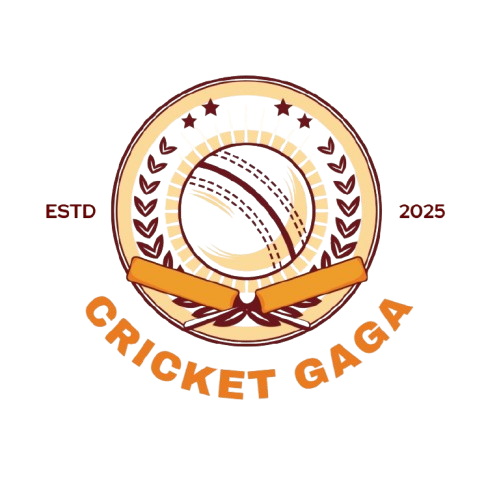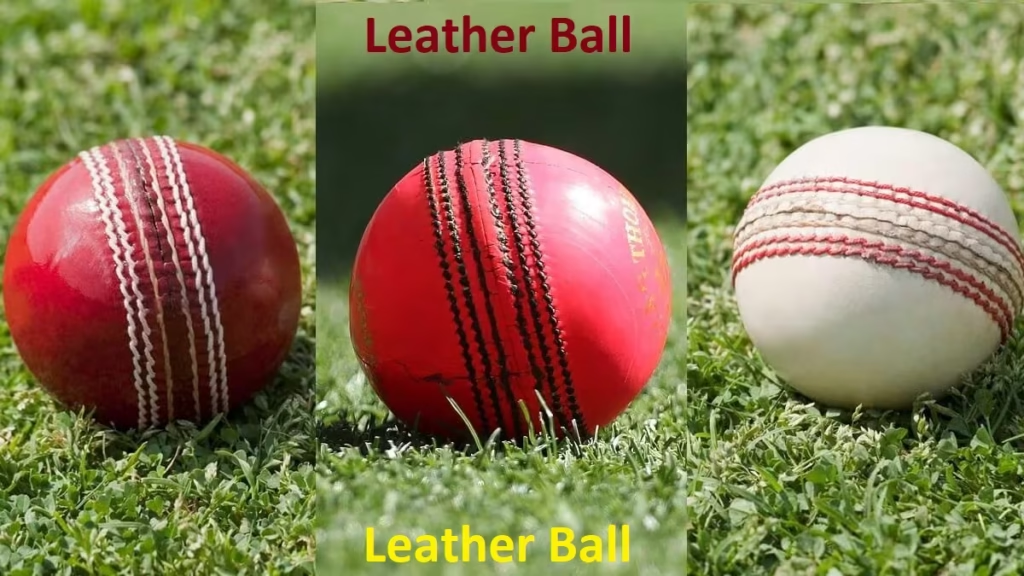🏏 Leather Ball – Complete Guide to Its History, Types, Use & Buying Tips
The term “leather-based ball” is globally associated with sports, way of life, strength, and timeless craftsmanship. From cricket stadiums in India to soccer fields in Europe, leather balls have performed a principal role in shaping games for over a century.
In this particular guide, we’ll stroll you through everything you need to know about leather balls — which includes their history, sorts, sports packages, manufacturing method, and a buying manual with costs.
🟤 What is a Leather Ball?
A leather ball is a hardball made the usage of layers of proper leather stitched or molded around a core, normally cork or rubber. These balls are used in various sports like cricket, soccer (football), rugby, and handball.
They are known for:
- Durability
- Consistent soar
- Professional-grade overall performance
Leather are desired in expert sports activities because of their natural sense and precision.
🕰️ History of Leather Balls
The use of leather in ball-making dates again to historic times.
🏺 Early Origins:
- China & Egypt (2000–3000 BC): Balls made from animal bladders and leather.
- Medieval Europe: Leather-covered balls had been utilized in primitive variations of soccer.
🏏 Leather in Cricket:
- Became preferred from the 18th century in England.
- The classic pink cricket ball with a cork core and hand-stitched leather-based became born.
Leather has remained a gold standard for sports activities system for centuries, even after artificial options entered the market.
🔍 Types of Leather Balls
Leather balls vary by way of game, construction technique, leather-based first-class, and motive (education vs fit).
| Type Leather Ball | Description | Used In |
|---|---|---|
| Red | Traditional hand-stitched cricket ball | Test cricket |
| White | Treated for visibility under lights | ODI/T20 cricket |
| Brown | Traditional footballs before synthetics | Soccer (historic) |
| Synthetic | PU or PVC coated, cheaper alternative | Training or casual games |
| Indoor | Softer and lighter for indoor sports | Handball, futsal |
🏏 Leather Ball in Cricket
Cricket is one of the most iconic sports activities in which leather-based balls are essential.
🧵 Structure:
- Core: Cork, layered with rubber
- Cover: four pieces of first-rate leather-based stitched with linen
- Seam: Prominent, for swing and spin
🔴 Red Ball:
Used in Test fits. Known for durability and visibility in daytime.
⚪ White Ball:
Used in ODIs and T20s. Has a defensive lacquer for durability beneath floodlights.
🟡 Pink Ball:
Used in Day/Night Tests, combines visibility and conventional red-ball houses.
⚽ Leather Ball in Football
While contemporary footballs use synthetic substances, leather-based balls as soon as ruled the sport.
🟤 Old Leather Balls:
- Heavy, particularly whilst wet
- Stitched panels
- Laced closures
📉 Decline:
- Poor water resistance
- Player injuries (mainly headers)
Today, leather is basically changed via PU/PVC in FIFA-approved balls.
🏭 How Leather Balls are Made
Making a leather-based ball is a craft. The manner consists of:
- Leather Tanning: High-best cowhide is processed and dyed.
- Cutting Panels: 4 or 6 segments are reduce and shaped.
- Stitching: Hand or gadget-stitched across the center.
- Core Creation: Natural cork layered with rubber.
- Pressing & Shaping: Balls are molded underneath excessive pressure.
- Finishing Touches: Lacquer coating, stamping, and branding.
Hand-stitched balls are still the gold widespread in expert sports.
🆚 Leather Ball vs Synthetic Ball
| Feature | Leather | Synthetic Ball |
|---|---|---|
| Material | Genuine leather | PVC/PU plastic |
| Feel | Natural, grippy | Slippery or firm |
| Durability | High (with care) | Moderate |
| Water Resistance | Low | High |
| Used in | Pro-level matches | Training, kids |
✅ Advantages & Disadvantages of Leather Balls
✅ Pros:
- Better manage and leap
- Long-lasting
- Natural feel for swing/spin
- Ideal for expert play
❌ Cons:
- Expensive
- Not water resistant
- Requires regular maintenance
🛒 Buying Guide: How to Choose a Leather Ball
1. Purpose:
- Match, education, indoor, or kids?
2. Sport:
- Cricket, soccer, handball?
3. Leather Quality:
- Cowhide or synthetic?
- Hand-stitched favored.
4. Brand & Warranty:
- Go for depended on manufacturers for consistency.
5. Budget:
- begin from ₹600 to ₹5000+
💰 Leather Ball Price Range (India & Global)
| Brand | Type | Price (INR) | Price (USD) |
|---|---|---|---|
| SG | Red Test Ball | ₹1800 | $22 |
| Kookaburra | White Ball | ₹2500 | $30 |
| Cosco | Football | ₹999 | $12 |
| SF | Training Ball | ₹600 | $7 |
| Dukes | County Ball | ₹3200 | $38 |
Note: Prices vary by using version, dealer, and reductions.
🌐 Famous Brands That Make Leather
🏏 Cricket:
- SG (India)
- Kookaburra (Australia)
- Dukes (England)
- SF (Stanford)
- SS (Sareen Sports)
⚽ Football:
- Cosco
- Nivia
- Adidas (vintage leather-based)
- Slazenger (historical)
🧽 Leather Ball Maintenance Tips
- Keep Dry: Never keep while moist.
- Oil Occasionally: Leather oil keeps it supple.
- Avoid Direct Sunlight: Heat can crack leather-based.
- Rotate Use: Especially in matches or nets.
- Store in Cool, Dry Place: Always in a cloth pouch.
Read More: Top 100+ Cricket Team Name Suggestions – Cool, Funny, Creative & Unique Ideas
🏁 Conclusion
A leather ball isn’t just a sports accessory — it’s a image of heritage, precision, and performance. Whether you are a cricket fanatic, soccer lover, or just curious, understanding the substances, structure, and care at the back of leather balls allows you’re making smarter alternatives.
From Test fits to grassroots training, leather-based balls hold to outline the very essence of competitive sports activities.



